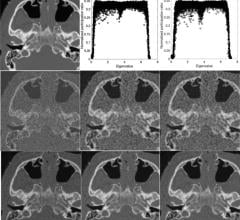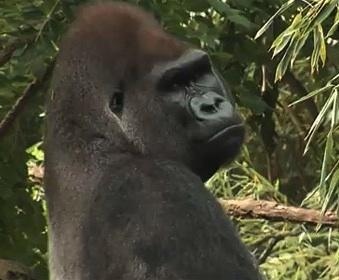
June 8, 2011 – “Jomo,” the Cincinnati Zoo & Botanical Garden’s 19-year-old silverback, western lowland gorilla underwent a cardiac ultrasound as part of a preventative study. A team of human cardiologists, technicians and corporate partners made the house call to the Cincinnati Zoo’s Gorilla World exhibit recently to perform the echocardiogram to identify any problems.
To date, heart disease is the No. 1 cause of mortality in zoo gorillas. Jomo received a clean bill of health, and the zoo was able to collect valuable cardiac data that will aid nationwide scientific research.
A great deal of time, preparation and planning went into Jomo’s echo. Each gorilla’s physical makeup can be different in regards to chest cavity depth, musculature and sternum configuration; therefore the positions of the echo wand and stationary position of the gorilla can vary to access views of the heart.
Months before actually collecting any heart images, the Cincinnati Zoo’s Team Leader of Primates Ron Evans, worked diligently to not only condition Jomo to stand still for the scan, but to also find a position for him to hold while capturing the images.
“Not only were we trying to instruct Jomo on where and how to stand, but we also had to prepare him to get used to the wand and ultrasound conductive gel touching him,” said Evans. Once the positioning behavior and wand/gel desensitization was established, Ron and the primate team brought in the zoo’s Vet Tech, Jenny Kroll, along with the zoo’s ultrasound machine to practice with actual image collection. Finally, after months of preparation, Jomo was ready for the official scan. The Christ Hospital’s team of cardiologist Wojciech Mazur, M.D., and Jennifer Schaaf, BS, RDCS, echo lab technical director, joined the Cincinnati Zoo’s team to administer the scan using a state of the art Xario XG Ultrasound system loaned to the zoo by Toshiba.
“The high quality of contrast and resolution with increased depth penetration made the Toshiba Xario XG scanner very valuable in hard-to-scan patients such as these,” said Mazur. “The Xario XG is able to uncover minute details in the differentiation of tissue and borders. The results of all gorilla echo scans are collected and can be shared with other zoos, beginning to build a norm reading for veterinarians to compare in the future.”
“In addition to making sure Jomo was doing OK, the goal of this echo was to gather as much information as possible, to help add data to the growing list that the Gorilla Health Project team has currently collected,” said Evans. “The more data we have, the better we can determine an effective way to detect and treat heart conditions within zoo gorillas, which is our No. 1 priority.”
Pleased with results from Jomo, an echo was also performed on “Samantha,” the Cincinnati Zoo’s 41-year-old female western lowland gorilla, and the team of keepers is currently working with “Kwashi,” the Zoo’s 29-year-old silverback gorilla. Additionally, the Zoo’s cardiac program has been expanded to include individuals from its group of critically endangered bonobo chimpanzees. “We hope to continue this program well into the future and integrate as many of our apes as we can,” said Evans
Strong awareness of gorilla cardiac issues began in November 2006, when a workshop of physicians, veterinarians, pathologists and animal keepers from across the country came together to discuss the cardiac health issues apparent with captive gorillas. As a result of the meeting, the Gorilla Health Project was created; receiving funding and donations to help with preventative research in gorilla cardiac care.
Western lowland gorillas are critically endangered in the wild, with less than 175,000 individuals. Due primarily to habitat destruction caused by logging, mineral mining and agricultural expansion, wild gorilla numbers continue to shrink. The bushmeat trade – the killing of wild animals to be used as human food – is also a major threat to the western lowland gorilla population throughout the Central African rain forests. Over 1,000 gorillas are illegally poached for the bushmeat trade each year. The Cincinnati Zoo supports wild gorilla conservation efforts like the Mbeli Bai Study. The Mbeli Bai Study is the longest running research being done with wild western lowland gorillas. Through research, local education programs, publications and documentaries, the Mbeli Bai Study is raising international awareness for gorillas and their struggle for survival.
To view a video of the cardiac exam, visit http://cincinnatizoo.org/blog/2011/06/03/silverback-gorilla-jomo-gets-h….
For more information: www.cincinnatizoo.org


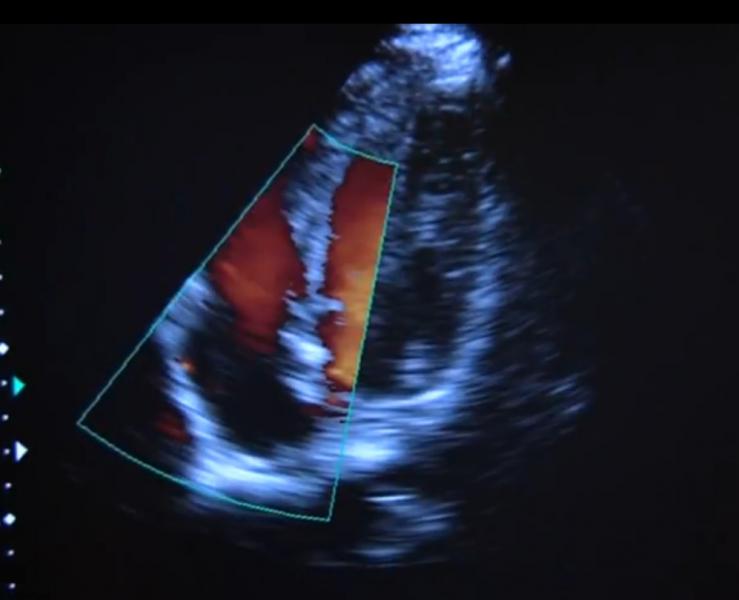
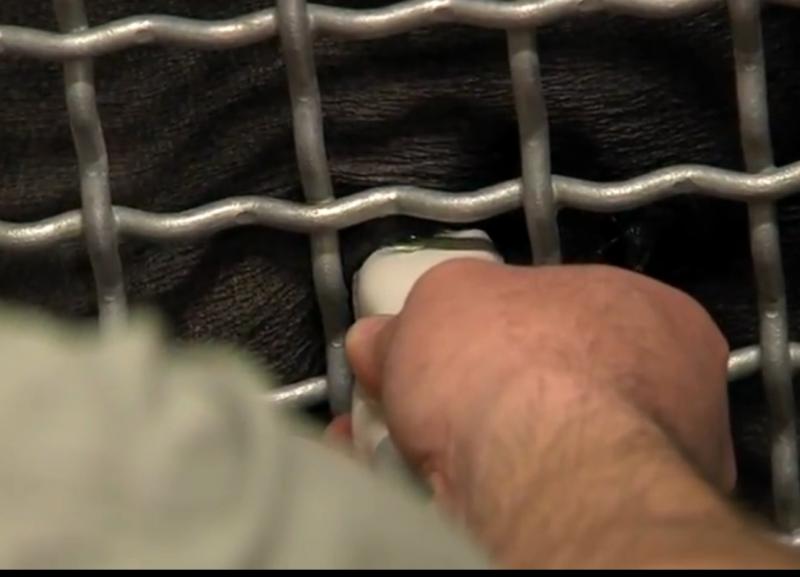
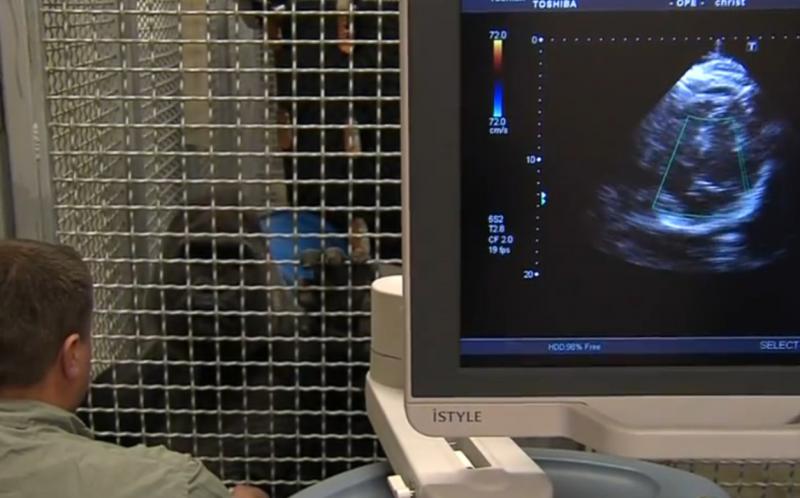
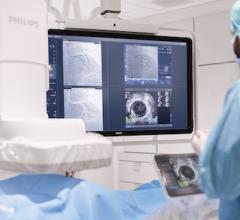
 December 18, 2025
December 18, 2025 








